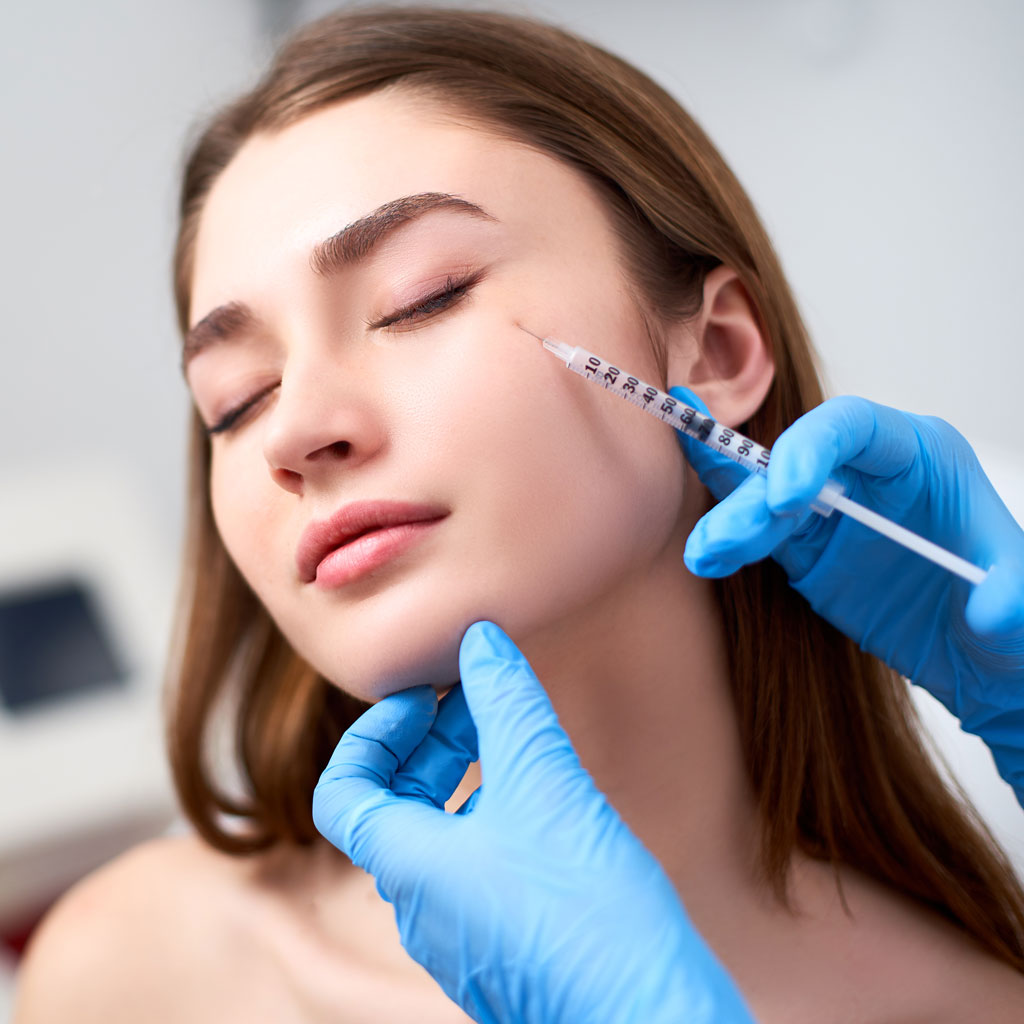Botulinum toxin in aesthetic medicine: everything you need to know

Publication date: 18-08-2022
Updated on: 16-05-2025
Topic: Dermatology
Estimated reading time: 1 min
What is botulinum toxin and how does it work? How is it used in aesthetic medicine? Is it true that it cannot be used during certain periods of the year? We spoke with Dr. Dino Zilio, Head of the Department of plastic surgery and of the Center for aesthetic medicine and surgery at the Policlinico San Donato Hospital.
What is a botulinum toxin is and how it works?
Botulinum toxin is a neurotoxin and acts on nerve endings, which innervate the muscles. It mainly known for its use in the field of aesthetic medicine (such as botox), but it can be used in different fields based on its various types.
Administered by injection, it creates a momentary partial immobilization. Botulinum toxin blocks the muscles only at the inoculation site, while in the non-inoculation site there is the contractile compensation of the muscles.
Botulinum toxin in aesthetic medicine: usage
Type A toxin is used in aesthetic medicine treatments. It’s applied in the middle of the eyebrows, areas of the forehead and of the around the eyes to soften:
- roughness of expression;
- lion folds between the eyebrows;
- frontal subtalar roughness;
- crow's feet.
Botulinum toxin also allows to obtain a lifting effect of the eyebrow tail: it is possible to raise the tail of the eyebrow and thus broaden the gaze, without resorting to surgery, such as blepharoplasty, although not replace it.
Main idea of botulinum toxin usage is to perform a treatment capable of maintaining and safeguarding naturalbeauty of the person.
The doctor must not create too accentuated looks, nor cause important immobilizations, which would inevitably prevent the patient from having a natural and spontaneous mimesis during socialization. A good specialist is able to maintain expressions dynamism of the upper third of the face, therefore eyes and forehead.
Treatment and its duration
The treatment is performed quickly, in just 5 minutes: after diluting the product with physiological solution and disinfecting the area of the face to be treated, the specialist performs small wheals with a very thin needle. Some patients may feel a mild burning, while hematomas and bruises are rare.
How quickly does botulinum toxin start working?
Its effectiveness is not immediate. On average, the first effects can be seen after approximately 1 week. Activephase is followed by a plateau which lasts for around 3-4 months, after that the effectiveness of the toxin begins to drain.
Towards the 4th-5th month the patient begins to see the recovery of motility in the treated area. Around the 6th month she/he returns to the condition prior to the treatment.
Contraindications
There is an absolute contraindication to the use of botulinum toxin in patients with:
- neuropathies;
- muscular dystrophies.
Undesirable effects: how to prevent migrations and resolve asymmetries
During the procedure the doctor must tell the patient about the precautions to ensure that the injected toxin works without causing unwanted effects, including migration or the creation of asymmetries.
In the first days after the treatment, to avoid a migration of the toxin or its displacement from the injection site to other parts of the face, it is necessary to perform movements from the eye towards outside of the face when applying make-up or creams.
Migrated botulinum toxin could, in fact, cause eyelid ptosis, that is the descent of the eyelid. The latter resolvesspontaneously, but however not pleasing.
A second type of migration to avoid is that of positioning, which is why the patient is asked not to lower her/his head and, in general, to avoid physical activity in the first 2 days post treatment.
Asymmetries are rare, if they happen, for example, in the eyebrow area, they could be fixed in 7-10 days with a single inoculum where necessary, in order to rebalance the 2 hemisomes.
Myth: botulinum toxin in summer
“Having respected all precautions immediately after administering the drug, the patient does not incur any contraindication. This treatment can be performed at any time of the year and, certainly, is not dangerous if carried out in summer. Requests from patients do not decrease with the arrival of the hot season and, in any case, it is always good practice to defend oneself with an excellent sun protection. The absolute ban on exposure to the sun is, in reality, a myth”, concludes Dr. Zilio.

